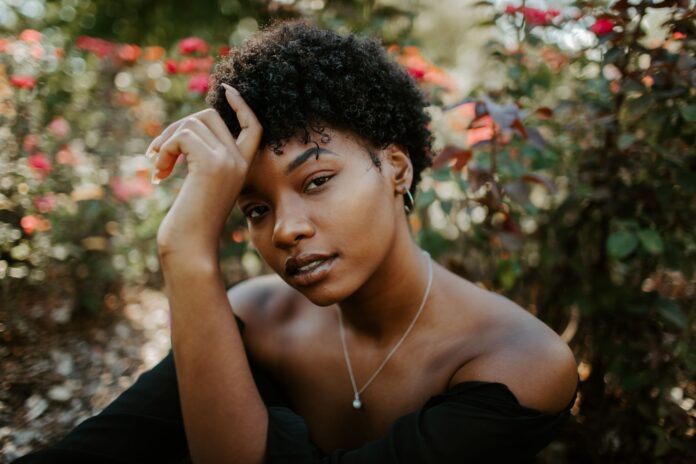
Portraits have a timeless appeal that captures the essence of individuals, making them a popular form of artistic expression. Among various portrait styles, minimalist backgrounds have emerged as a compelling trend.
By reducing distractions and focusing on the subject, minimalist backgrounds create powerful and captivating images.
This blog post will guide you through the step-by-step process of creating stunning portraits with minimalist backgrounds, allowing you to master this art form and take your photography to the next level.
Importance of Negative Space in Portrait Photography
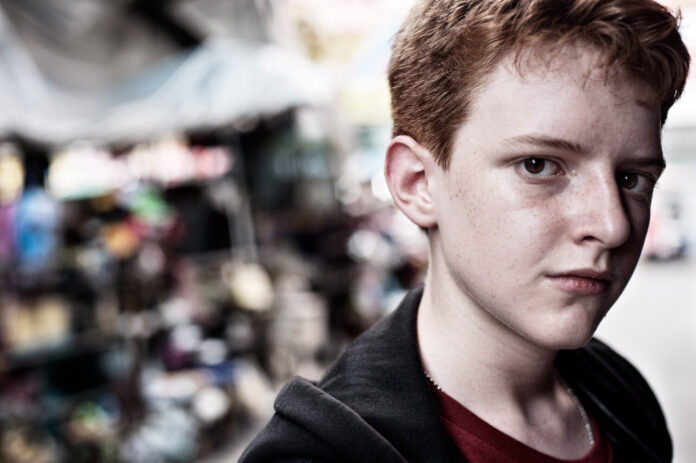
In portrait photography, negative space refers to the unoccupied areas surrounding the subject. Utilizing negative space effectively empowers photographers to draw attention to the subject’s key features and emotions.
A well-balanced use of negative space adds a sense of simplicity and elegance to the composition. Embracing negative space in your portraits can transform them from ordinary to extraordinary, allowing viewers to connect more deeply with the subject.
Step 1: Selecting the Perfect Location for Minimalism
Selecting the right location is the cornerstone of capturing compelling portraits with minimalist backgrounds. Seek out places boasting clean, uncluttered surroundings that harmonize with the subject’s presence.
Urban settings adorned with minimalist architecture or tranquil natural landscapes can serve as excellent backdrops. Consider the subject’s personality and the emotional tone you wish to convey in the portrait when making your choice.
Whether it’s an edgy urban vibe for a fashion-forward individual or a serene forest clearing for a soulful, introspective mood, the location should align with the subject’s essence.
By carefully selecting the perfect setting, you set the stage for creating minimalist portraits that evoke emotions and showcase the true essence of the individual.
Step 2: Utilizing Natural Light for Stunning Effects

Natural light is a portrait photographer’s best friend when aiming for a minimalist approach. It provides soft, flattering illumination that enhances the subject’s features without overpowering the image.
During a photo shoot, observe how light falls on the subject and adjust positioning accordingly. Shooting during golden hour – the period shortly after sunrise or before sunset – offers a warm, gentle glow that can create truly breathtaking portraits.
Step 3: Composing the Subject Within the Frame
Proper composition is crucial in minimalist portrait photography. To achieve a balanced and visually appealing image, position the subject off-center.
Placing the subject at the intersection of the rule of thirds grid can draw the viewer’s eye to the subject while allowing negative space to play its role. Take inspiration from talented photographers like “Franci Neely” who artfully compose their subjects within the frame, creating captivating portraits.
Experimenting with different angles and perspectives will help you discover the most compelling composition for each one, allowing you to evoke emotions and craft artistic masterpieces.
Step 4: Employing Props for Subtle Context
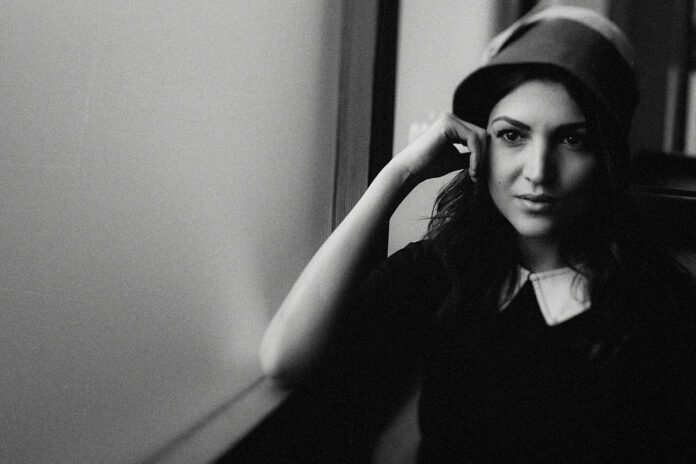
In minimalist portrait photography, props play a supporting role, adding a touch of subtle context to the narrative without overshadowing the subject. Thoughtfully chosen props can enhance the story behind them, offering insights into the subject’s personality and interests.
Whether it’s a vintage book to convey their love for literature or a musical instrument reflecting their passion for music, props can provide depth and meaning to the image. Just like an artist’s brushstroke, “less is more” when it comes to props. Skillfully integrate them into the frame to maintain the minimalist essence.
By employing props with restraint and relevance, you can elevate your portraits to evoke curiosity and a deeper connection with the subject, creating images that resonate with viewers long after they’ve gazed upon them.
Step 5: Focusing on Facial Expressions and Emotions
In minimalist portraits, the subject’s facial expressions and emotions become the primary means of communication. Encourage natural expressions and emotions during the shoot, as these authentic moments can make the portraits truly captivating.
Connect with your subject, make them comfortable, and be patient to capture those fleeting yet profound moments that define the essence of the individual.
Step 6: Understanding the Rule of Thirds
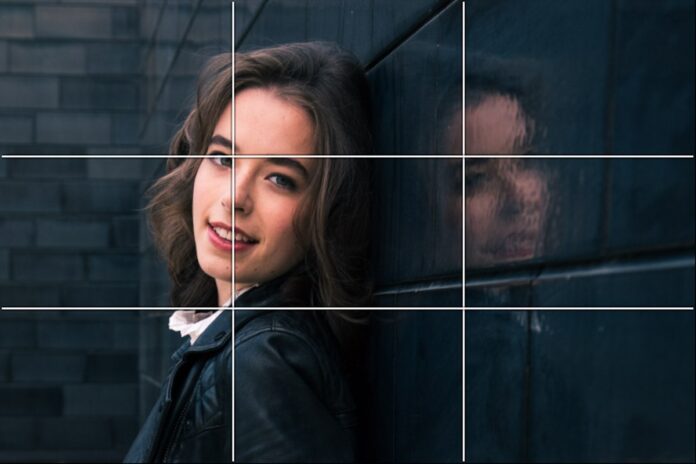
The rule of thirds is a fundamental principle in art and photography, and it holds particular significance in minimalist photography.
Dividing the frame into nine equal parts with two horizontal and two vertical lines, the rule of thirds suggests placing key elements along these lines or their intersections.
This technique helps create a balanced, harmonious composition that complements the minimalist background.
Step 7: Mastering Depth of Field for Emphasis
Mastering depth of field is a pivotal skill in minimalist photography. By controlling the depth of field, you can accentuate the subject and separate them from the background, creating a powerful emphasis on their presence.
Utilizing a wide aperture (low f-stop number) produces a shallow depth of field, blurring the background and drawing the viewer’s attention directly to the subject’s face. This technique allows you to evoke emotions, highlight intricate details, and craft portraits that leave a lasting impact.
Skillfully manipulating depth of field adds depth and dimension, enhancing the minimalist aesthetic and elevating your portraits to artistic brilliance.
Step 8: Editing Techniques for Minimalist Perfection
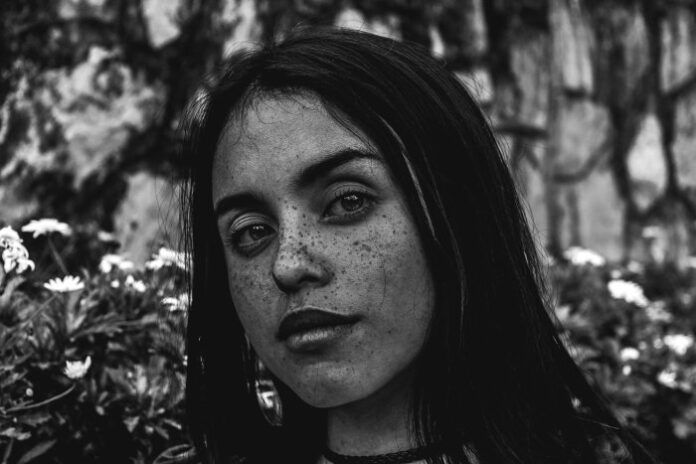
Post-processing plays a significant role in perfecting minimalist portraits. Use editing software to fine-tune the image, adjusting exposure, contrast, and color balance to achieve the desired mood.
Refine the negative space by removing any distracting elements or imperfections in the background. Be mindful not to over-edit, as the goal is to maintain the simplicity and authenticity of the minimalist approach.
Conclusion: Capturing Powerful Portraits Through Minimalism
Minimalist backgrounds in photography is a powerful artistic choice that elevates the subject’s impact.
By selecting the right location, using natural light to its advantage, employing effective composition techniques, and focusing on facial expressions and emotions, you can create portraits that resonate deeply with viewers.
Embracing negative space and mastering the rule of thirds and depth of field further enhance the minimalist appeal. Through thoughtful editing, your minimalist portraits will exude elegance and evoke profound emotions, leaving a lasting impression on your audience.
So, grab your camera, explore the world of minimalist portraits, and unleash your creativity to capture mesmerizing moments that tell compelling stories with simplicity and beauty.








